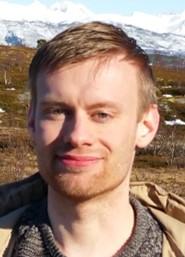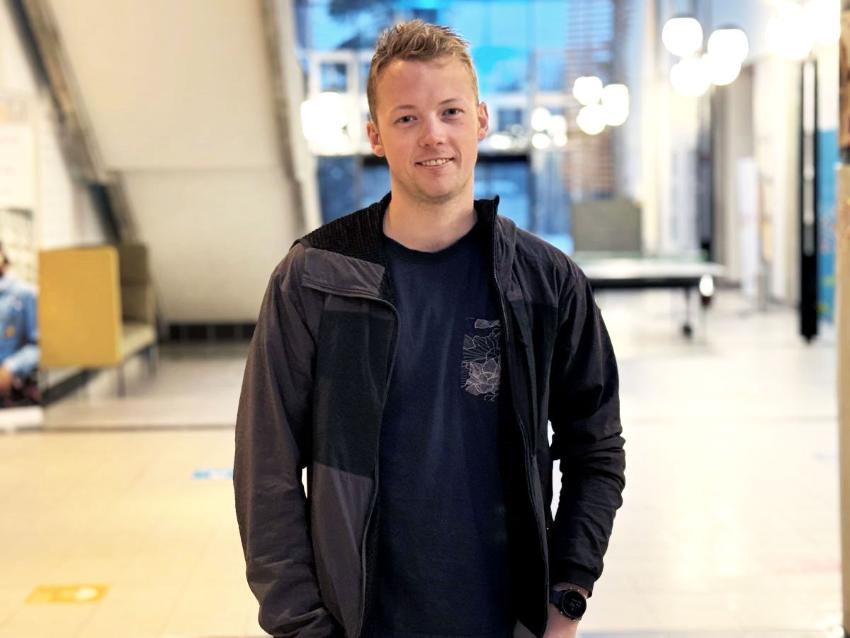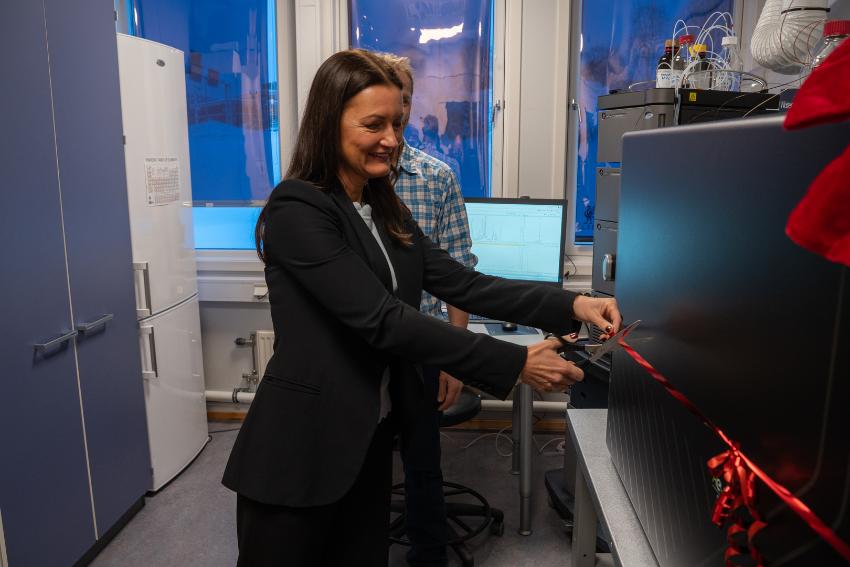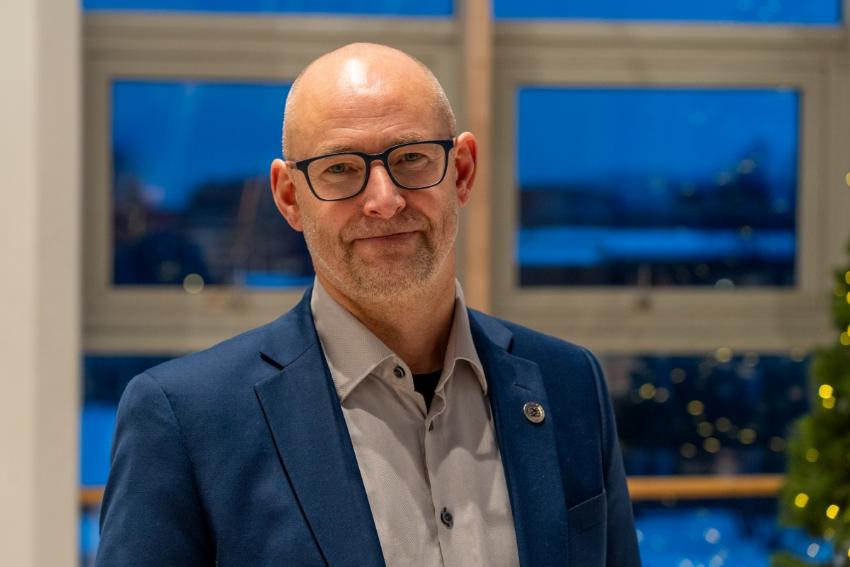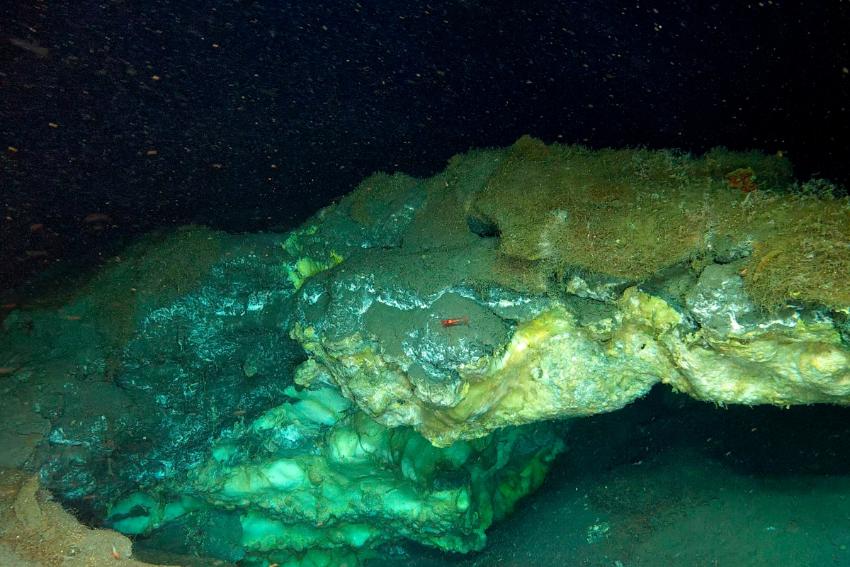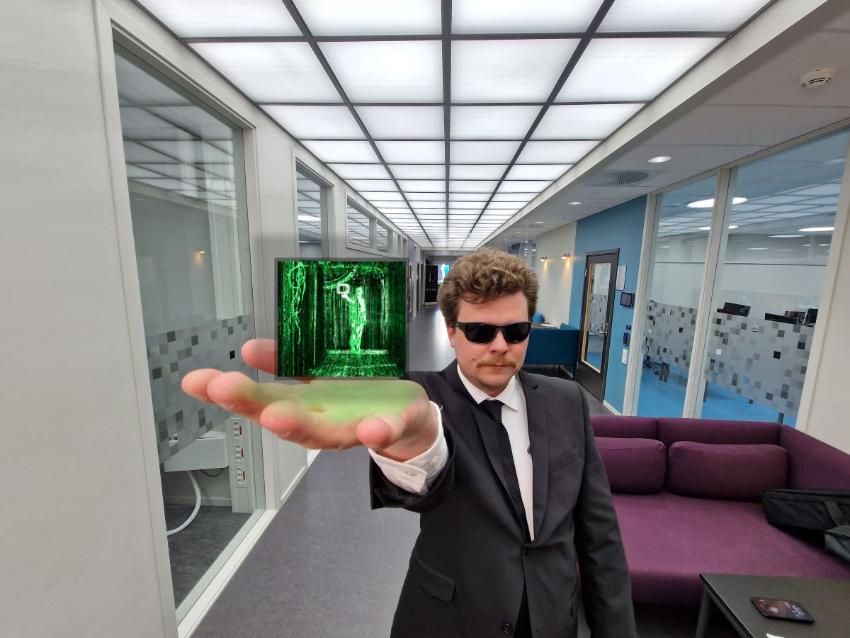Ice Age algae bloom on Andøya
Algae blooms are not only due to modern pollution. When most of Fennoscandia was covered by ice, a large algae population thrived in a small ice-free refugia just north of the Lofoten Islands.
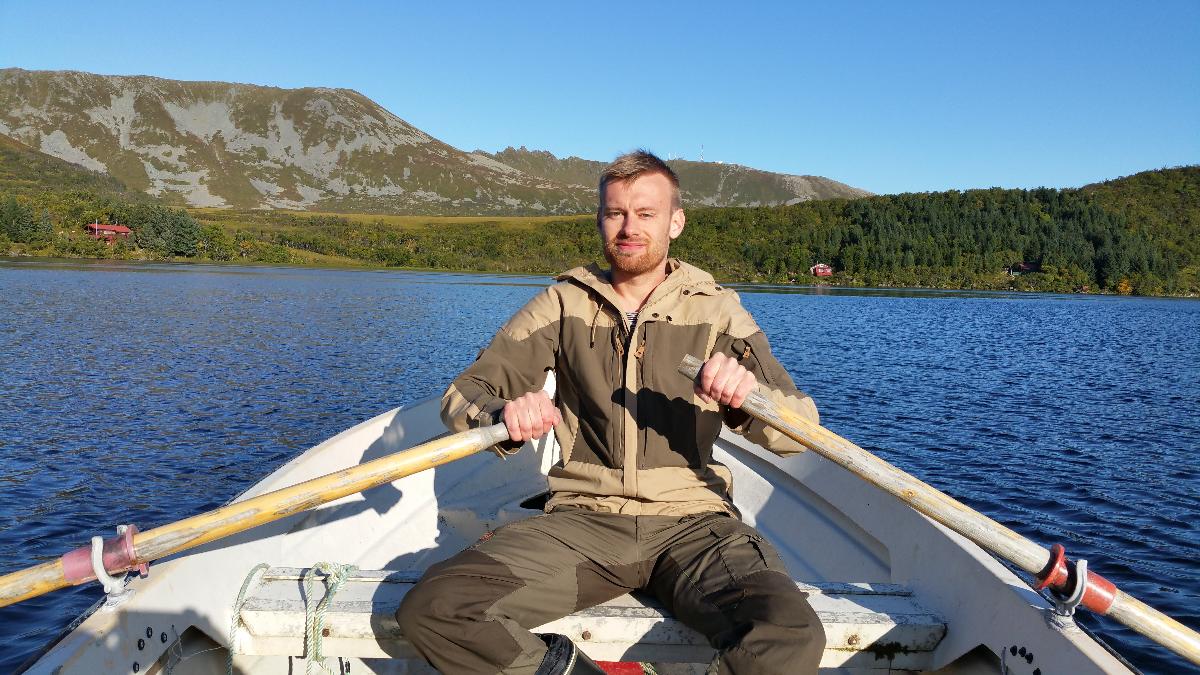
A remarkably high amount of algal material was detected in sediment cores from Lake Øvre Æråsvatnet located on Andøya, north of the Lofoten Islands. The sediment material was dated to 20,000 before present, which places it in the middle of the last ice age.
The presence of the algae was detected with a new ancient DNA method that aims to identify all material present in a sediment sample, rather than a particular group of organisms.
Remained ice free
Andøya is unique in Fennoscandia as the northern part of the island remained ice free during the last ice age. By investigating the life on the island during this period, we can learn more about what species survived there and how they spread after the ice retreated. This is done by studying the DNA remains captured in lake sediments from the island.
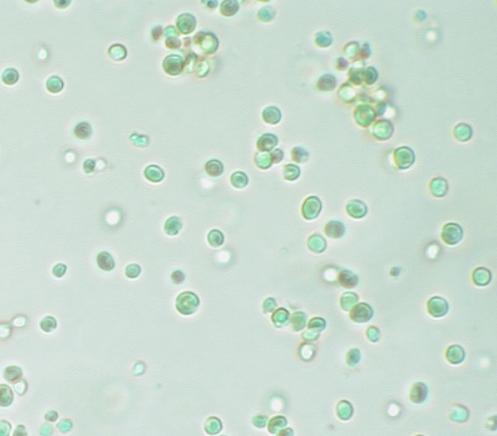
The high abundance of algal DNA in the sediment allowed us to puzzle together the genome of the species present, a first for the method used.
The reconstructed genomes enabled us to accurately tell which algal species was present, namely Nannochloropsis limnetica.
Reconstruction from DNA
Normally genomic reconstruction requires the presence of fossil remains, which are not always available for smaller organisms, or those that don’t leave clear remains, like the algae we detected on Andøya.
This demonstrates the importance of our method as it still allows for reconstructions based on the DNA that the organisms leave behind in the sediment.
Furthermore, the abundance of DNA made it possible to dive deeper into the species present. The genomic data indicated that at least two distinct populations were present in Andøya during the last ice age. This is a new discovery that could not have been made with previous DNA methods.
.jpg)
Large algal blooms
The presence of algae on Andøya 20,000 years ago is interesting, as it shows that even during adverse conditions, some species were able to thrive in the cold climate.
Our species in particular was present in high quantities to generate the amount of DNA detected, which could have been in the form of larger algal blooms.
Ancient DNA from sediments has been used before to identify which species were present in the past, but the ability to identify distinct populations allows us to investigate how species and populations moved across the time and space.
This is of particular interest for Scandinavia, as it allows us to track how species and populations recolonized the land after the last ice age and is of importance to understand how species might respond during the ongoing change in climate.
Les også: Verdens eldste DNA gir ny innsikt i mammutens evolusjon
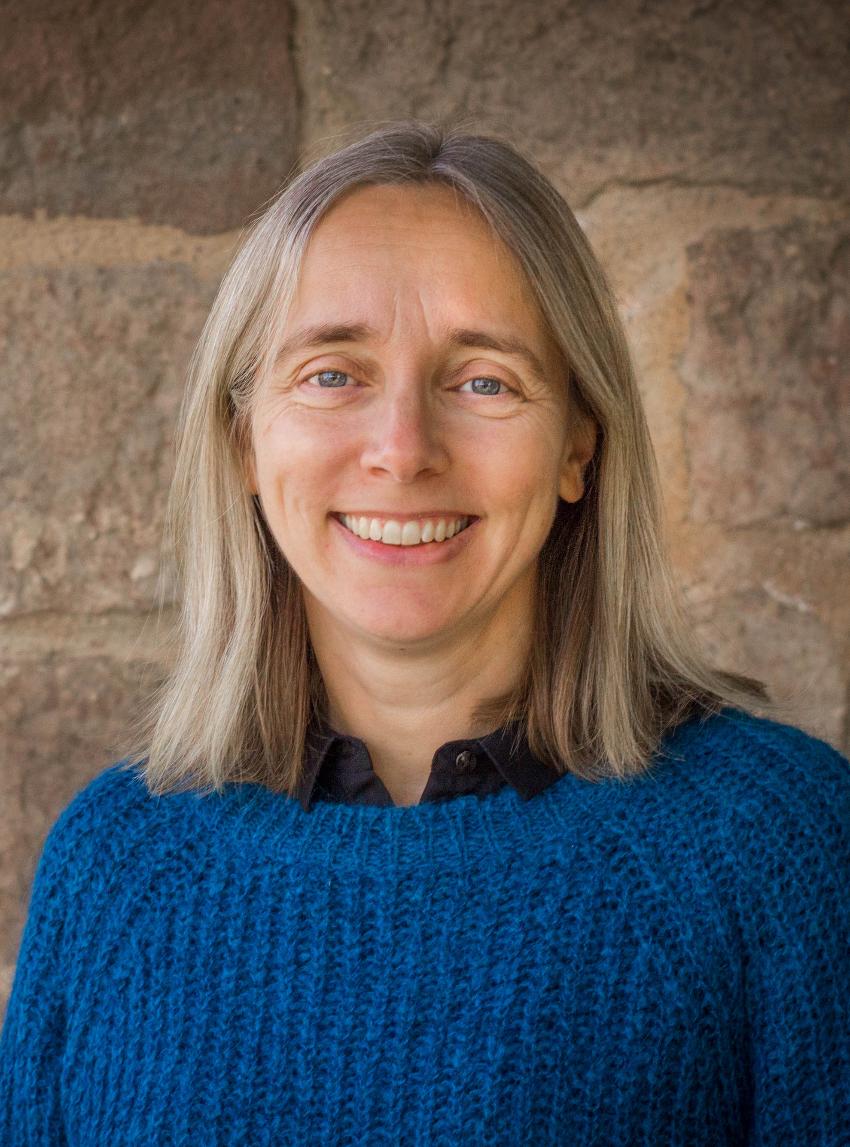
-
Fiskeri- og havbruksvitenskap - bachelor
Varighet: 3 År -
Fiskeri- og havbruksvitenskap - master
Varighet: 2 År -
Akvamedisin - master
Varighet: 5 År -
Bioteknologi - bachelor
Varighet: 3 År -
Arkeologi - master
Varighet: 2 År -
Peace and Conflict Transformation - master
Varighet: 2 År -
Geosciences - master
Varighet: 2 År -
Biology - master
Varighet: 2 År -
Technology and Safety - master
Varighet: 2 År -
Physics - master
Varighet: 2 År -
Mathematical Sciences - master
Varighet: 2 År -
Biomedicine - master
Varighet: 2 År -
Computational chemistry - master
Varighet: 2 År -
Law of the Sea - master
Varighet: 3 Semestre -
Biologi - bachelor
Varighet: 3 År -
Medisin profesjonsstudium
Varighet: 6 År -
Nordisk - årsstudium
Varighet: 1 År -
Luftfartsfag - bachelor
Varighet: 3 År -
Pedagogikk - bachelor
Varighet: 3 År -
Arkeologi - bachelor
Varighet: 3 År -
Informatikk, datamaskinsystemer - bachelor
Varighet: 3 År -
Informatikk, sivilingeniør - master
Varighet: 5 År -
Likestilling og kjønn - årsstudium
Varighet: 1 År -
Historie - bachelor
Varighet: 3 År -
Geovitenskap- bachelor
Varighet: 3 År -
Biomedisin - bachelor
Varighet: 3 År -
Kjemi - bachelor
Varighet: 3 År -
Samfunnssikkerhet - bachelor
Varighet: 3 År -
Matematikk - årsstudium
Varighet: 1 År -
Ergoterapi - bachelor
Varighet: 3 År -
Fysioterapi - bachelor
Varighet: 3 År -
Radiografi - bachelor
Varighet: 3 År -
Samfunnssikkerhet - master
Varighet: 2 År -
Kunst - bachelor
Varighet: 3 År -
Kunsthistorie - master
Varighet: 2 År -
Farmasi - bachelor
Varighet: 3 År -
Farmasi - master
Varighet: 2 År -
Religionsvitenskap - årsstudium
Varighet: 1 År -
Romfysikk, sivilingeniør - master
Varighet: 5 År -
Klima og miljøovervåkning, sivilingeniør - master
Varighet: 5 År -
Sosialantropologi - bachelor
Varighet: 3 År -
Bærekraftig teknologi, ingeniør - bachelor
Varighet: 3 År -
Historie - master
Varighet: 2 År -
Odontologi - master
Varighet: 5 År -
Filosofi - bachelor
Varighet: 3 År -
Anvendt fysikk og matematikk, sivilingeniør - master
Varighet: 5 År -
Barnevernsarbeid - master
Varighet: 2 År -
Forfatterstudium 2 - årsstudium
Varighet: 1 År -
Fine Art - master
Varighet: 2 År -
Barnevern - bachelor
Varighet: 3 År
